The incredible bond between humans and dogs goes far deeper than companionship. Some dogs seem born with an almost supernatural ability to sense our emotions and offer healing comfort precisely when we need it most. These natural therapists wrap their warm presence around our wounded hearts, making everything feel just a little bit better.
Yet in the beautiful irony of life, some breeds that dedicate themselves to caring for others carry their own burdens of vulnerability. While they pour their souls into healing human hearts, their own bodies may struggle with genetic challenges that require our devoted care in return.
Let’s explore the remarkable canines that serve as living, breathing medicine for the human spirit – and honor those gentle souls who need our healing touch as much as they give theirs.
Labrador Retrievers: The Ultimate Emotional Support
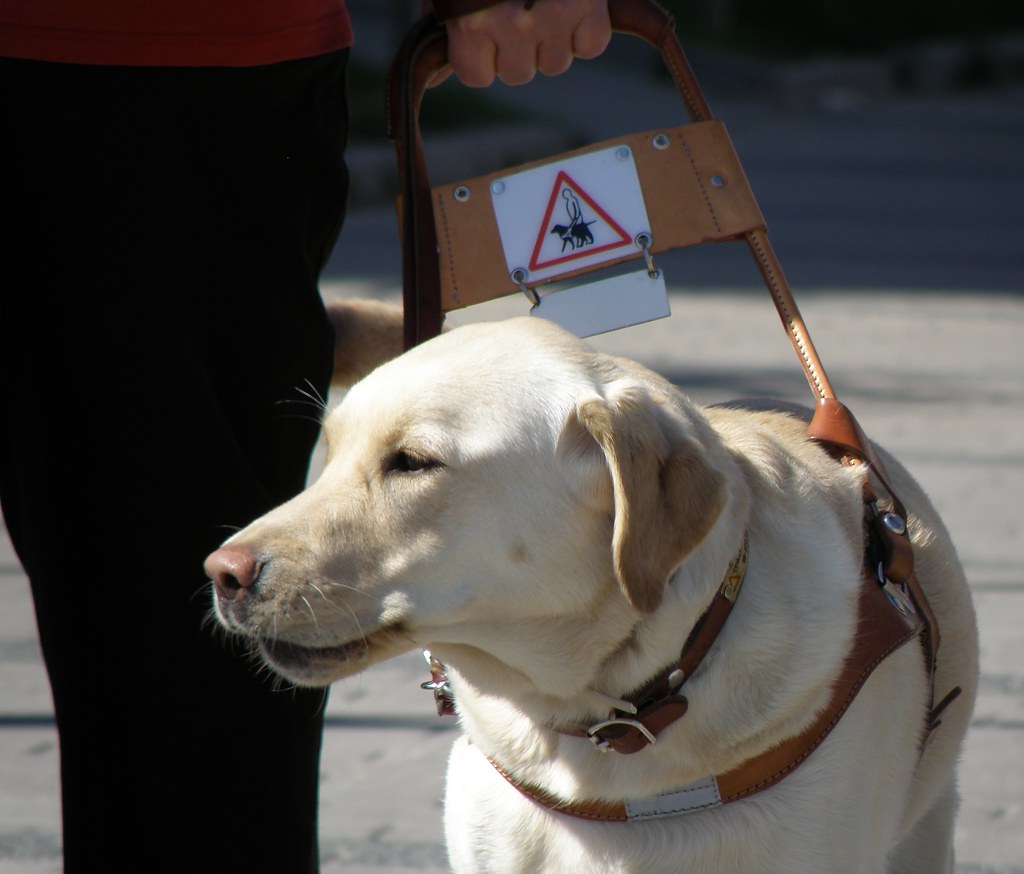
Labrador Retrievers are one of the most popular therapy dog breeds, and for good reason. Their friendly nature, patience, and love for people make them ideal for comforting those in need. These magnificent dogs possess an almost mystical ability to read human emotions, approaching with gentle confidence when someone needs comfort most.
What makes Labs extraordinary healers is their unwavering optimism and boundless capacity for love. Labs are highly intelligent and eager to please, making it easy to train for therapy work. Their ability to sense emotions allows them to provide comfort to people struggling with stress, anxiety, or illness. Watch a Lab work, and you’ll see them instinctively know when to offer a gentle paw or simply rest their head on someone’s lap.
Golden Retrievers: Masters of Empathy
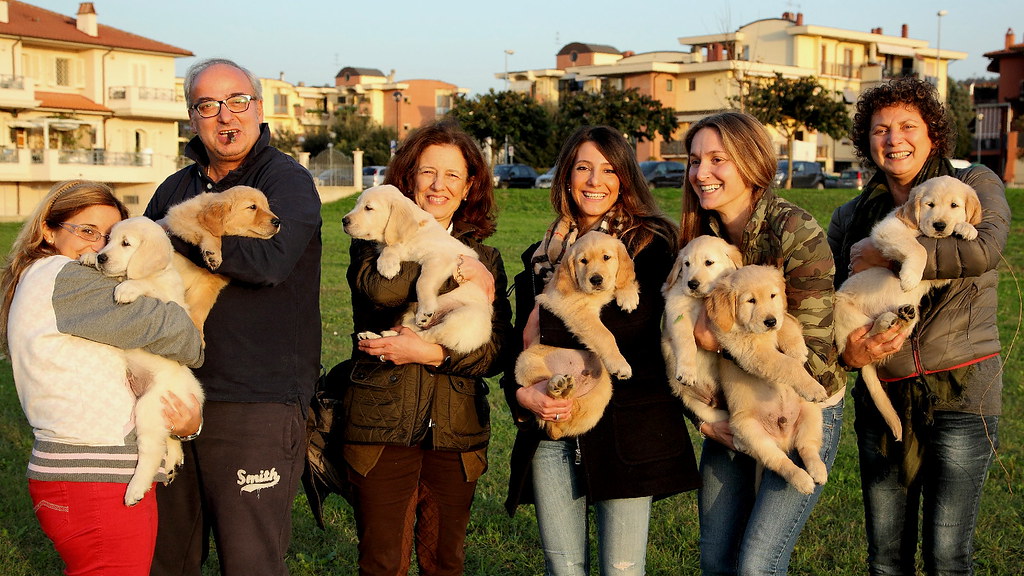
Golden Retrievers are the ultimate therapy dogs, known for their gentle nature and affectionate personalities. They intuitively understand when someone needs comfort and will happily snuggle up to offer support. Their soft golden coats seem designed specifically for therapeutic hugs, and their warm brown eyes hold an ancient wisdom about human pain.
Golden Retrievers are the epitome of kindness and gentleness, making them one of the top breeds for emotional healing. With their soft fur and loving eyes, Goldens exude warmth and comfort. These remarkable dogs don’t just offer comfort – they genuinely seem to absorb emotional pain, transforming it into something more manageable through their presence alone.
Cavalier King Charles Spaniels: Pocket-Sized Therapists

Cavalier King Charles Spaniels and Coton de Tulear are considered natural therapy dogs since they were bred to be companion dogs. These small dogs carry hearts far larger than their diminutive frames suggest. Their silky ears and soulful eyes make them irresistible to anyone seeking comfort.
Cavalier King Charles Spaniels are small in size but big in heart. These affectionate little dogs thrive on human interaction and love being close to their owners. Their soft fur and warm, loving eyes make them perfect for therapy work, especially for people who need comfort and emotional support. They seem to possess an innate understanding that their job is to bring joy to everyone they meet.
Border Collies: Intuitive Healing Intelligence
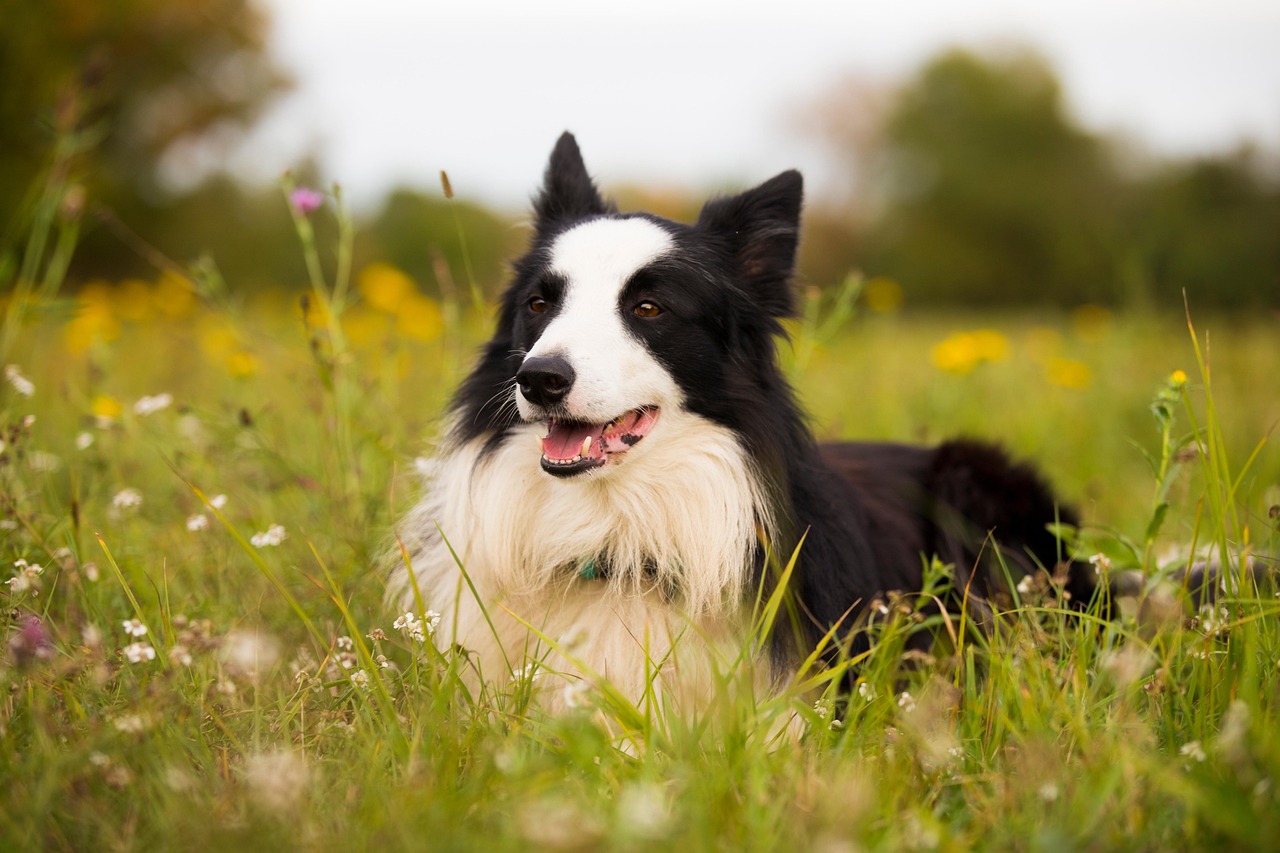
Border Collies are renowned for their intelligence and work ethic but also sensitive and attuned to human emotions. These dogs form strong bonds with their owners and are keenly aware of their moods and feelings. Their piercing gaze seems to look directly into human souls, reading emotional needs with startling accuracy.
Their high energy levels and need for mental stimulation can encourage their owners to engage in physical activity, which is beneficial for mental health. Border Collies are loyal and protective, providing a sense of security to those they bond with. They offer healing not just through companionship but by gently nudging their humans toward healthier, more active lifestyles.
Beagles: Sunshine on Four Legs
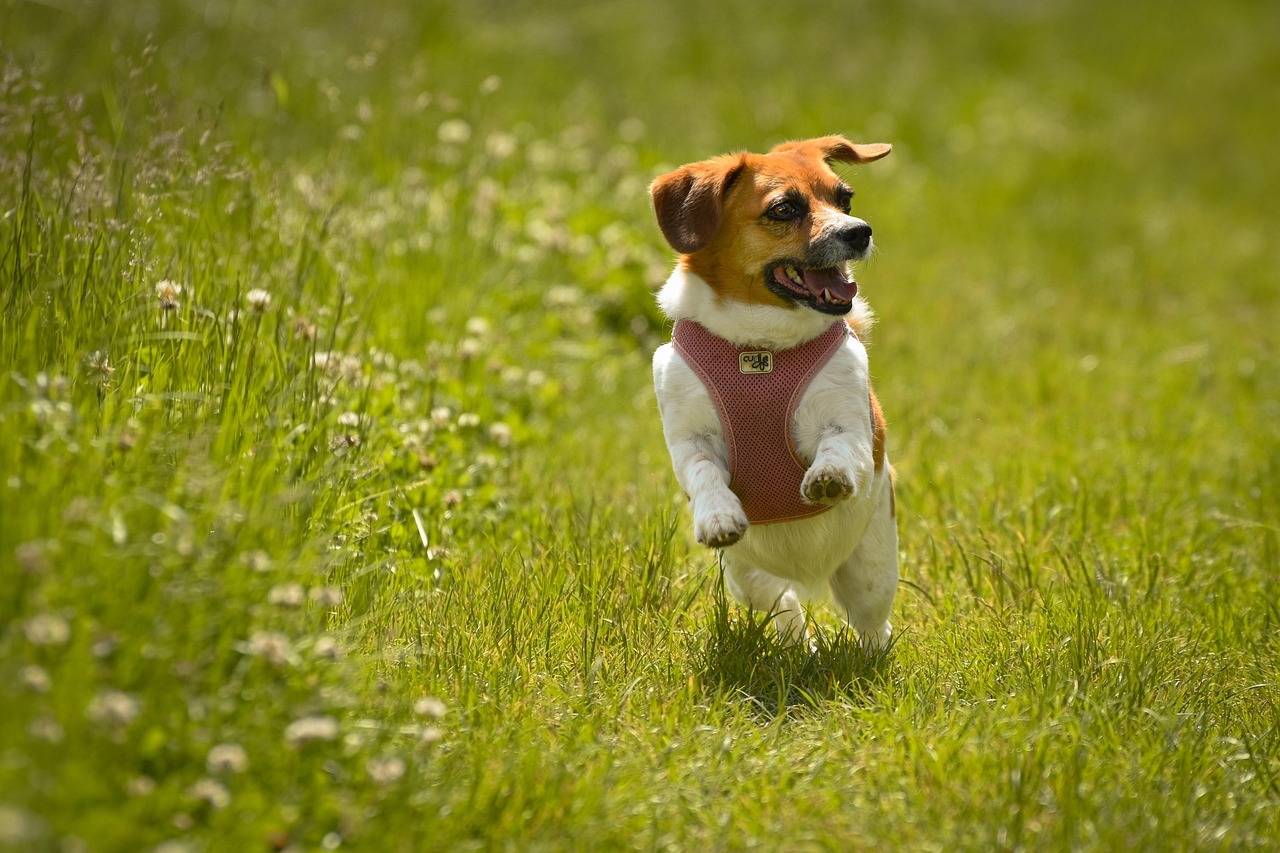
With their soulful expressions and merry personalities, beagles are natural mood lifters. Known for their curiosity and friendly nature, Beagles have a way of bringing laughter and joy into their owner’s lives. Their perpetually wagging tails and bright expressions can lift spirits even on the darkest days.
Despite their good looks, beagles have amazing demeanour as well! By nature, they are calm and well-mannered, so training them for therapy purposes only enhances their natural personality. Lovable and friendly dogs, they can be energetic and social, but also are just as content to cuddle up and rest – making them one of the best therapy dogs for those who are immobile.
Samoyeds: Living Smiles
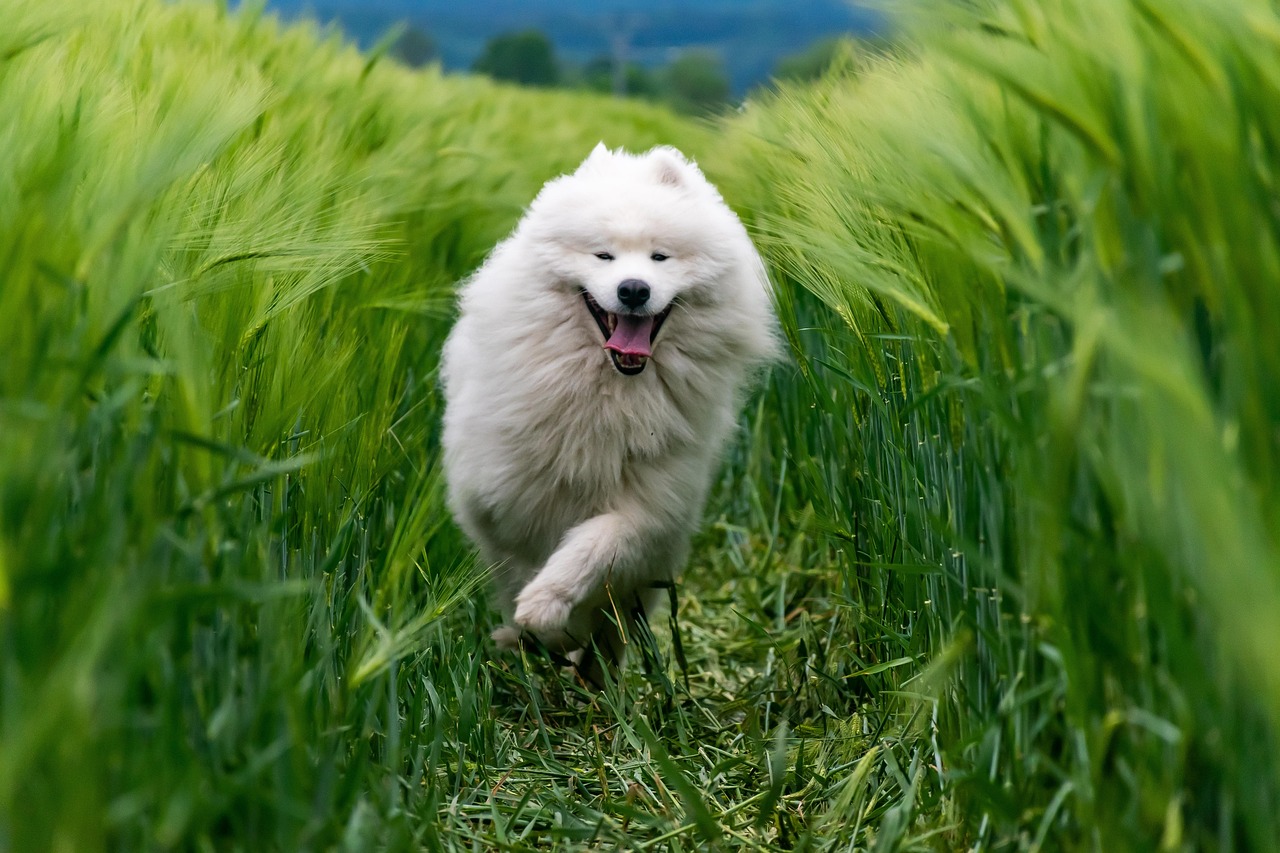
Samoyeds are known for their signature “Sammy smile.” Their affectionate, gentle nature makes them excellent therapy dogs. These fluffy companions thrive on human interaction and have an innate ability to sense emotions, offering comfort with their warmth and friendly demeanor. Their white, cloud-like coats invite hugs, while their perpetual smile seems to promise that everything will be okay.
Their soft, thick coats make them perfect cuddle buddies, and their playful personalities can brighten even the darkest days. Whether visiting hospitals or providing emotional support at home, Samoyeds spread happiness wherever they go, making them a top choice for a therapy dog.
Poodles: Elegant Healers
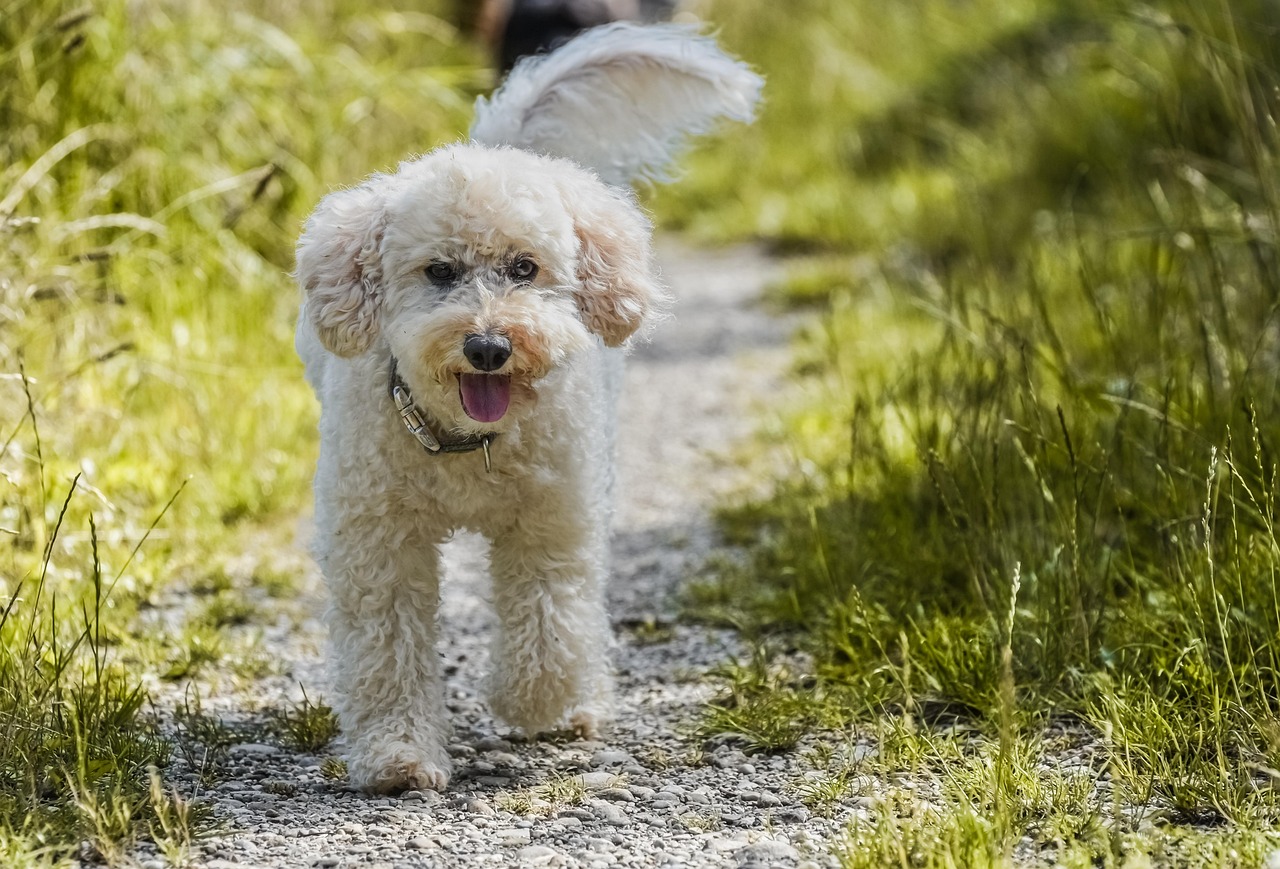
These fluffy lumps are more than just the cutest pet. Poodles are extremely intelligent and easy to train. With tons of energy reserves and a pleasant disposition, the poodle has the stamina that allows him to bring joy and positive emotions to those who need it most. Their hypoallergenic coats make them accessible to those who might otherwise be unable to enjoy canine therapy.
Whether Standard, Miniature, or Toy, Poodles bring an air of dignified compassion to their healing work. Their intelligence allows them to learn complex tasks that can assist people with specific needs, while their gentle nature ensures they approach each person with appropriate sensitivity.
Saint Bernards: Gentle Giants with Healing Hearts
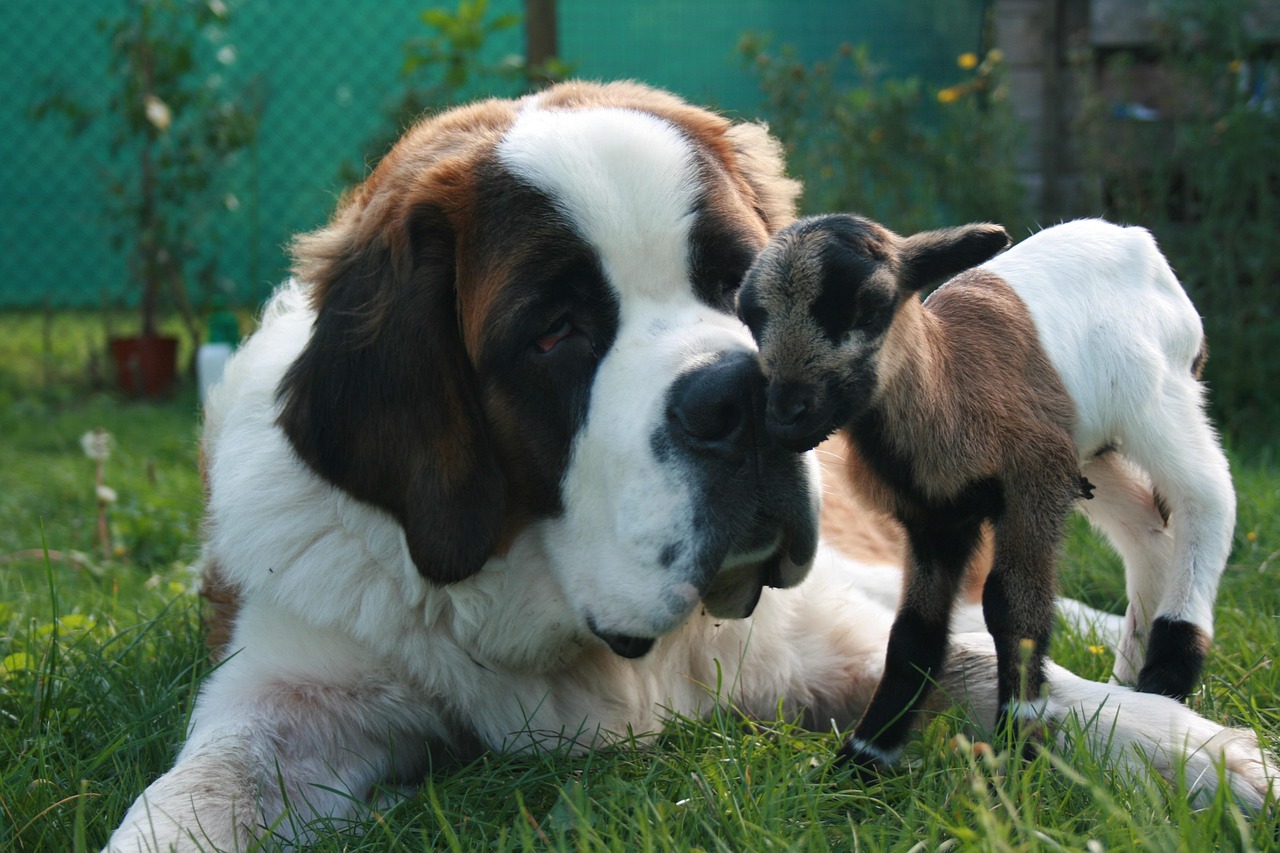
This “Gentle Giant” has the reputation of an avalanche rescue dog, but can treat patients of all ages patiently. This fabulous dog can assist people to overcome stress during a difficult time. It is caring, trainable and obedient, loyal and patient. Their massive size becomes a source of comfort rather than intimidation – like having a warm, breathing security blanket.
Known as a classic example of a gentle giant, the Saint Bernard is calm, patient, and sweet with adults, and especially children. Overall, it is a gentle, loyal, and affectionate breed, and if socialized should be very friendly. Children especially love these magnificent dogs, finding security in their imposing yet gentle presence.
Cocker Spaniels: Empathetic Companions

Cocker Spaniels are natural heart healers With soft, expressive eyes and gentle dispositions. This breed is known for its affectionate nature and ability to comfort those around them. Cockers are incredibly empathetic and can often sit quietly by their owner’s side, offering silent support. Their long, silky ears seem designed for gentle stroking during moments of distress.
They are playful and cheerful, which can help lighten the atmosphere and bring a sense of happiness to their home. Yet they possess the wisdom to know when playfulness is needed and when quiet companionship serves better. This emotional intelligence makes them exceptional therapy partners.
Greyhounds: Peaceful Healers

Greyhounds are peaceful and have a sweet character and often work in hospitals, nursing homes and laboratories. They provide companionship to people in need and are a hugging dog that gives people warmth. Despite their reputation as racing dogs, retired Greyhounds reveal themselves as gentle, meditative souls perfect for therapy work.
With their high energy levels and strong prey drive, Greyhounds need regular exercise. However, once they get their zoomies out, they can become cuddly couch potatoes. This duality makes them perfect – energetic enough to encourage activity, yet content to simply be present during quiet healing moments.
Bulldogs: Warriors Who Need Warriors

To meet pedigree standards, breeding has resulted in many genetic health problems for Bulldogs. The most common are respiratory due to Bulldogs being selectively bred to display shorter snouts. In some cases, surgery is required to open up the airways and allow the dogs to breathe easier. These brave souls struggle daily just to breathe normally, yet maintain their characteristic determination and gentle spirit.
Bulldogs suffer from respiratory problems. The results of smashed-in faces of the breed cause small nostrils, elongated soft palate, and a narrow trachea. Every breath is an act of courage for these magnificent dogs who refuse to let physical limitations diminish their loving hearts. They need families who understand that love sometimes means managing medical challenges together.
German Shepherds: Heroes Carrying Hidden Burdens

German Shepherds are very popular for their intelligence and work ethic. As a result, overbreeding has led to genetic issues in many of these pups. One of the larger problems is degenerative myelopathy, a spinal cord disease. This can cause paralysis as it weakens the leg muscles. These devoted protectors often develop conditions that attack their very mobility – a cruel irony for dogs bred to serve and protect.
German shepherds are famous for being family dogs as well as guard dogs. Being a large breed, it is at risk of hip dysplasia which causes walking problems, pain, and arthritis. Another disease commonly found in german shepherds is degenerative myelopathy (DM), also known as chronic degenerative radiculomyelopathy (CDRM), an untreatable condition that results in progressive paralysis. Yet even facing these challenges, they continue loving and protecting their families with unwavering dedication.
Bernese Mountain Dogs: Beautiful Souls, Fragile Bodies
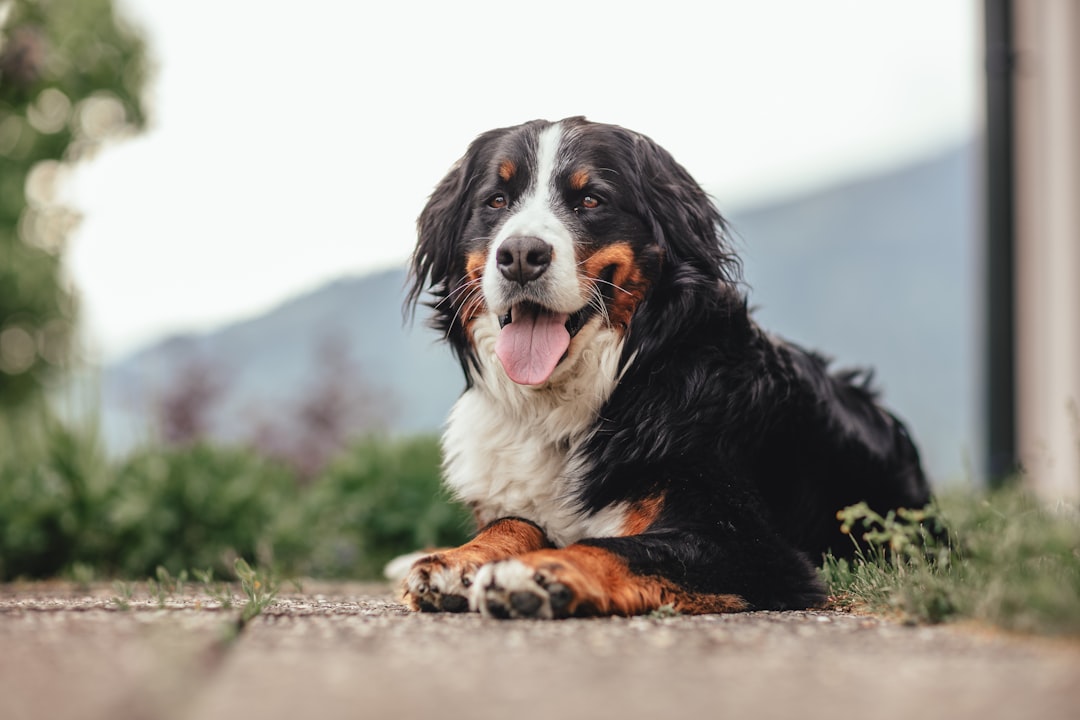
Bernese Mountain Dogs have a lot of health problems, especially for farm dogs. Almost half of them die from cancers like bone cancer, lymphosarcoma, fibrosarcoma, and mast cell tumors. They also have problems like hip dysplasia, cruciate ligament ruptures, and arthritis. These gorgeous, gentle giants carry a heartbreaking burden – their own bodies often betray them far too early in life.
Their average lifespan is typically 6-8 years, with many not reaching 10 years of age. Part of that may be due to the fact that they can become lame when quite young. Every day with a Bernese is precious, making their unconditional love all the more poignant. They teach us to cherish each moment while showing us what true courage looks like.
Saint Bernards: Gentle Giants with Giant Challenges
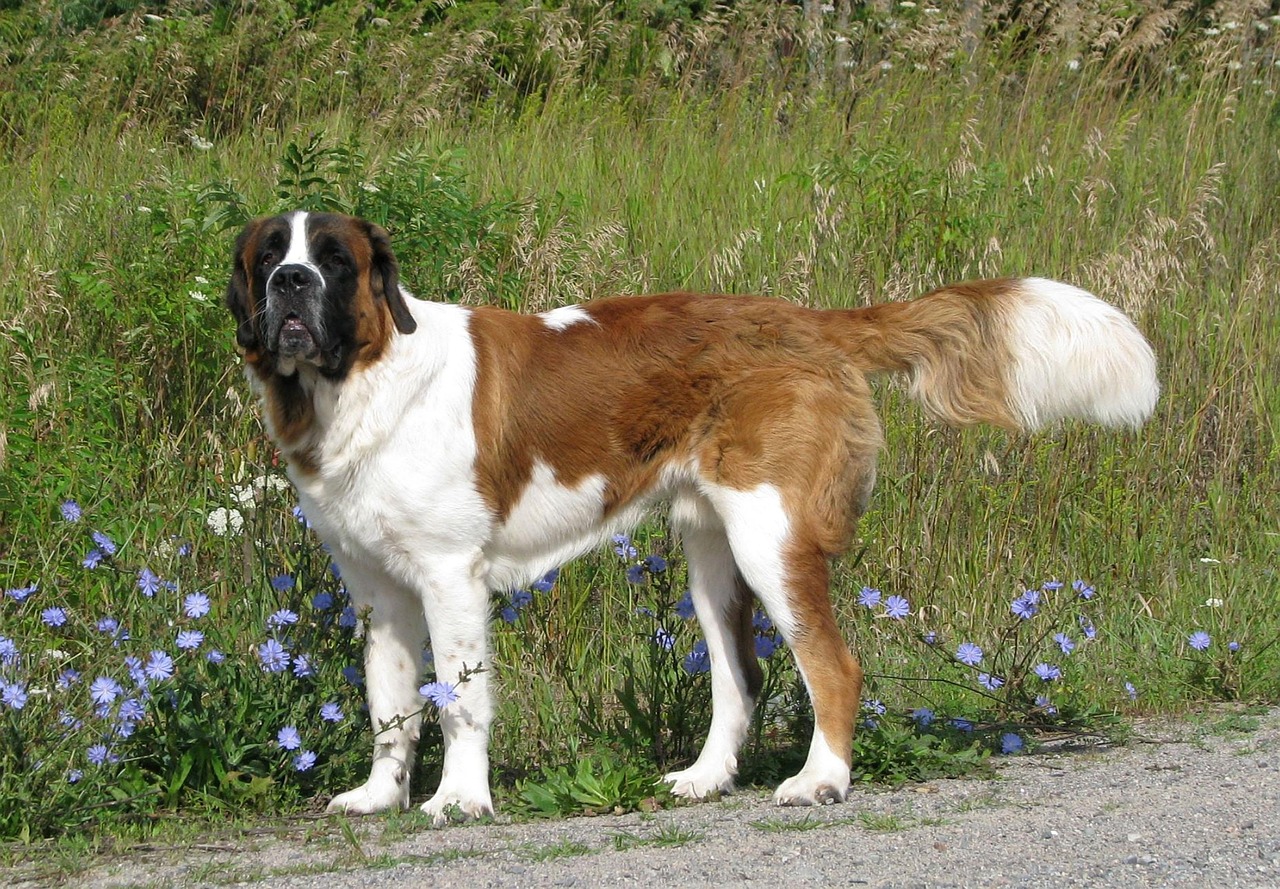
Bernards are prone to hip dysplasia and elbow dysplasia. Some of them have eyelid problems, epilepsy, and heart disease. St. Bernards are even affected by an inherited form of bone cancer. They typically live about 8 to 10 years, though many face health challenges that can shorten their lifespan. These magnificent rescuers who once saved travelers in the Alps now need rescuing themselves from genetic challenges that threaten their quality of life.
Saint Bernards are known to be predisposed to gastric dilatation volvulus (GDV), a serious and potentially life-threatening condition that affects large, deep-chested breeds. The very size that makes them such comforting therapy dogs also predisposes them to life-threatening conditions like bloat.
Pugs: Charming Souls Gasping for Air

Pugs with their characteristic bulgy eyes and squashed faces are at peril for breathing problems and eye problems. In addition, the eyes can pop out of their socket in case of any accidents or fights. If the damage is severe, he may lose eyesight. These delightful comedians of the dog world struggle with the very features that make them so endearing to humans.
In Pugs, eye problems are very common. Bulging eyes are particularly notable, as the eyes can actually “pop” out. This protrusion makes it hard for Pugs to blink and keep their eyes moisturized. This can lead to dryness and infection. Yet despite these challenges, Pugs maintain their cheerful, loving nature, bringing joy to families even while needing extra medical care and protection.
Conclusion
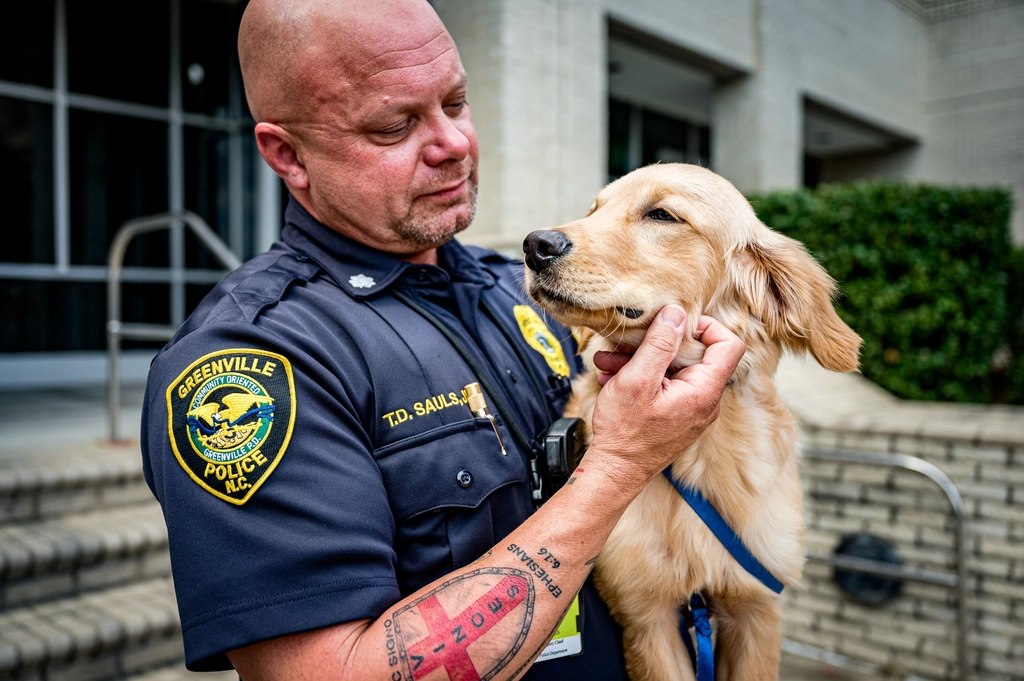
The relationship between humans and dogs reveals one of nature’s most beautiful truths: healing often flows both ways. The breeds that excel at therapy work teach us about unconditional love, emotional intelligence, and the power of simple presence. Meanwhile, those gentle souls who struggle with health challenges remind us that true love means caring for others even when they can’t care for themselves.
Whether you choose a natural healer or open your heart to a breed that needs healing, you’re embarking on a journey of mutual transformation. Every dog, regardless of their physical challenges, has something profound to offer the human spirit. What do you think makes the perfect healing companion for your life? Tell us in the comments.

Andrew Alpin from India is the Brand Manager of Doggo digest. Andrew is an experienced content specialist and social media manager with a passion for writing. His forte includes health and wellness, Travel, Animals, and Nature. A nature nomad, Andrew is obsessed with mountains and loves high-altitude trekking. He has been on several Himalayan treks in India including the Everest Base Camp in Nepal.






